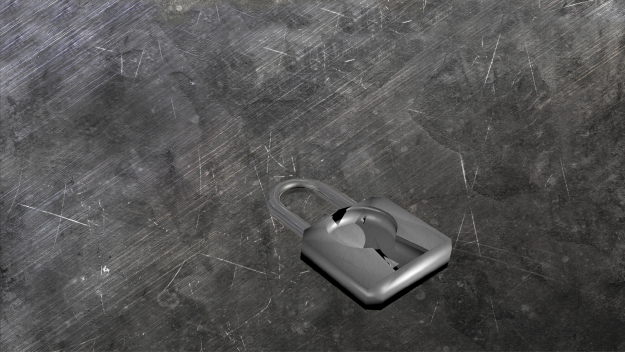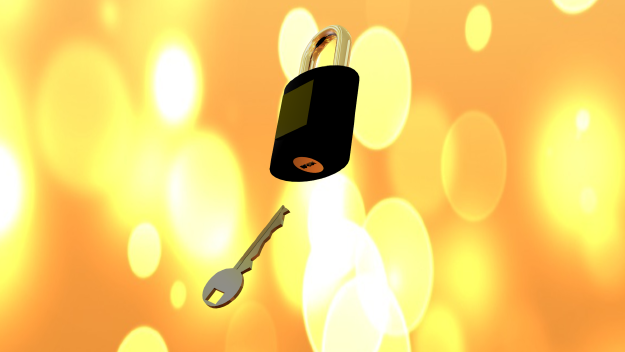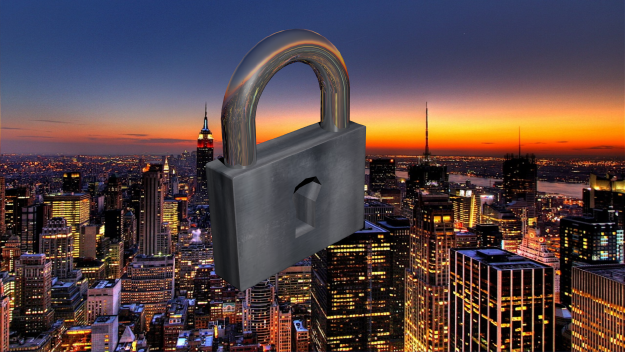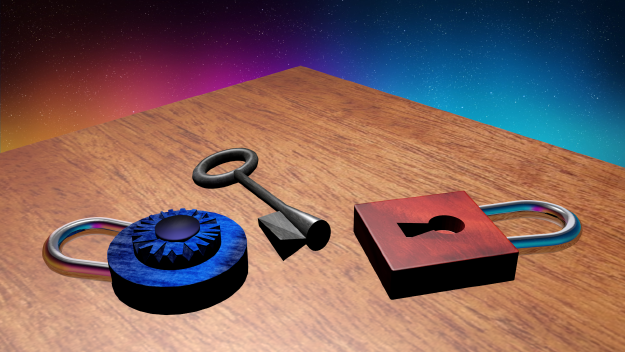Locks in the classroom – 2014
For the second consecutive year, our grade nine students have been doing 3D modeling using Blender. A couple of weeks ago, our students finished up their first assignments, and I gave the top modelers the option of showing off their work. So, without further ado, here are the top three models in each of the three grade nine classes.










